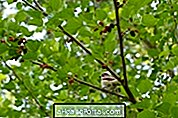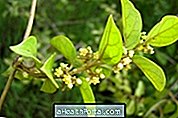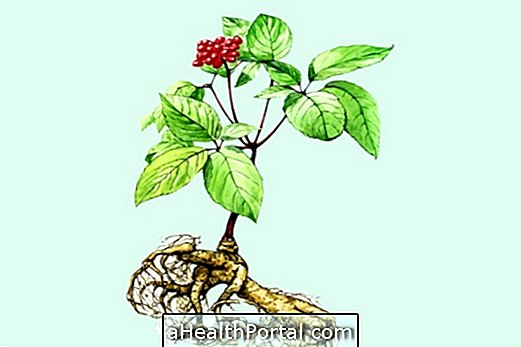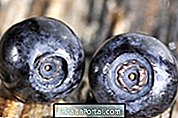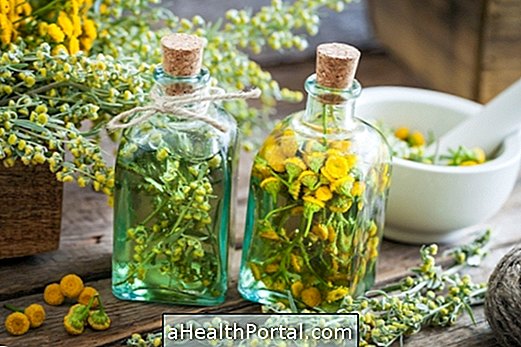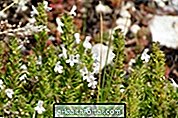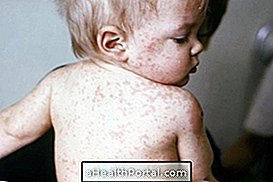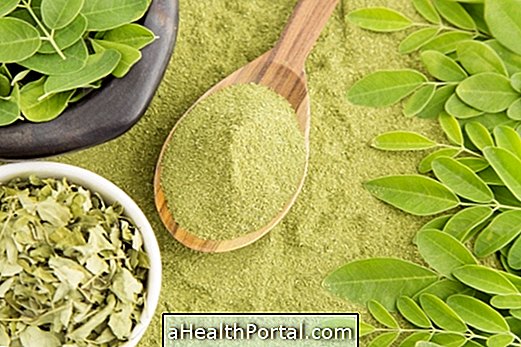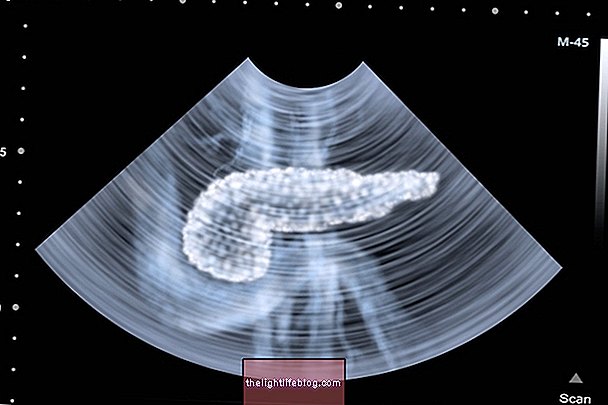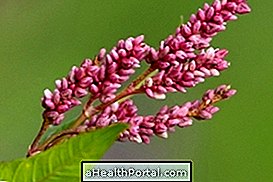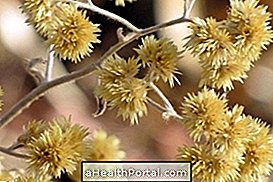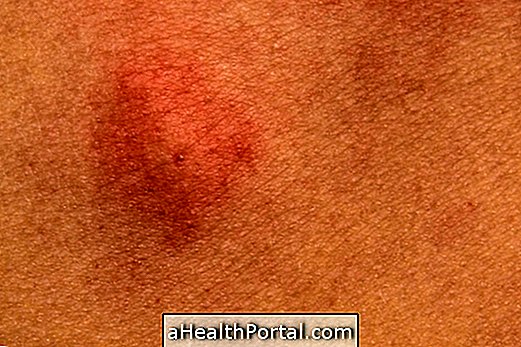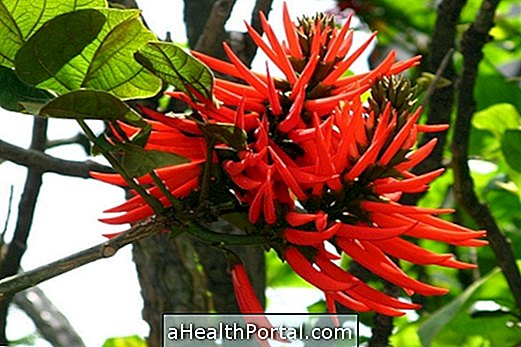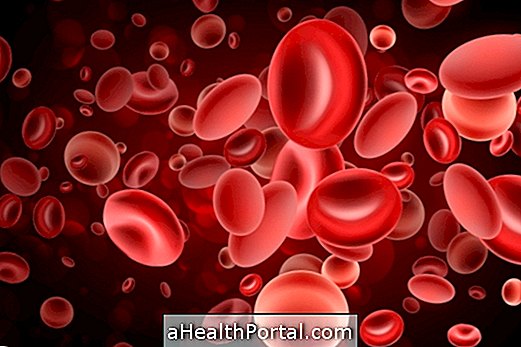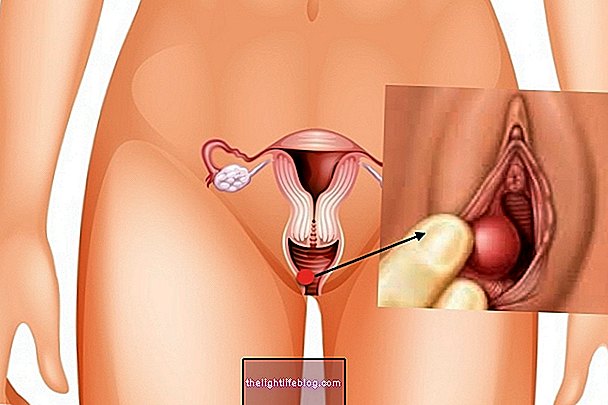Medicinal tinctures are concentrated extracts prepared with alcohol and medicinal plants, which allow the herbs and their properties to be stored for long periods of time without losing their properties.
Most dyes are prepared using alcohol, which acts by extracting the components of the plant and as a preservative. These tinctures can be purchased at drugstores or natural food stores, or can be prepared at home in a homemade way using good quality alcohol or vodka and dried herbs.
Step by Step to Prepare a Homemade Tincture
How to prepare homemade tincture with vodka
To prepare homemade dyes is necessary to use medicinal herb in dry form and vodka of good quality and should be prepared as follows:
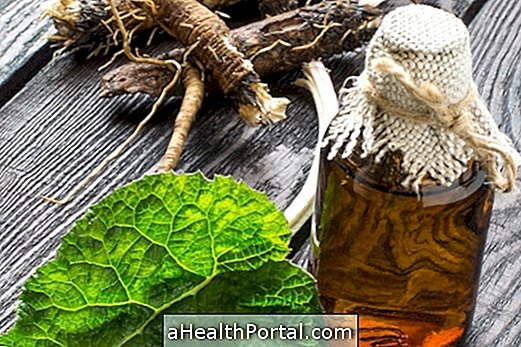
Ingredients:
- 200 g of dried grass or herbal blend. In the case of fresh grass, it must first be dried before being used in the preparation of the dye;
- 1 liter of vodka with alcohol percentage of 37.5%.
Method of preparation:
- Sterilize a dark glass jar with lid. To do this, you should thoroughly wash the pot with hot soapy water, let it dry and bake for 15 to 20 minutes;
- Chop the dried herb well and place in the glass jar, then add the vodka until the herbs are covered;
- Stir the mixture thoroughly and check if all the herbs are submerged;
- Close the glass pot and allow to stand for 3 weeks in a cool and airy place, stirring the mixture once a day;
- After 2 weeks, strain the mixture using a cloth coffee strainer or paper filter;
- Put the mixture back into a sterile glass jar, which should be labeled with the date and list of ingredients used.
In the preparation of the dyes, only a medicinal herb or a mixture of herbs with medicinal properties, which depend on the problem to be treated, may be used.
How to prepare Homemade Tincture with Glycerin
It is also possible to prepare homemade dyes using glycerin and should be prepared as follows:
Ingredients:
- 200 g of dried grass or herbal blend. In the case of fresh grass, it must first be dried before being used in the preparation of the dye;
- 800 ml of Glycerin;
- 20 ml of filtered water.
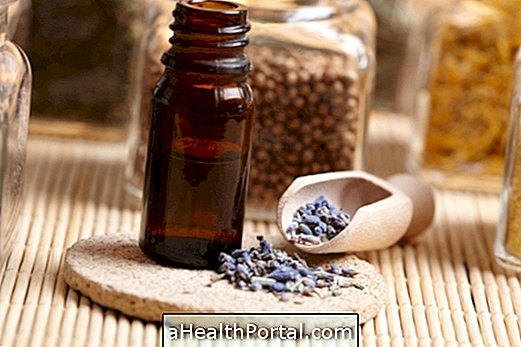
Method of preparation:
- Mix the glycerin with water;
- Place the chopped dry herb into a sterilized dark glass jar and add the glycerin and water mixture over the herbs until they are covered;
- Stir the mixture thoroughly and check if all the herbs are covered;
- Close the glass pot and allow to stand for 3 weeks in a cool and airy place, stirring the mixture once a day;
- After 2 weeks, strain the mixture using a cloth coffee strainer or paper filter;
- Put the mixture back into a sterile glass jar, which should be labeled with the date and list of ingredients used.
Dyes prepared with glycerin generally have a sweeter taste than those made with alcohol, and some medicinal plants that can be preserved using this method are Peppermint, Lavender, Basil, Elderberry or Melissa, for example.
What are they used for?
The dyes have several applications that depend on the medicinal plant used in their preparation. Depending on what is intended, tinctures can be used to treat problems such as poor digestion, skin sores, cough, sore throat, stress, insomnia, skin sores, urinary tract infection or toothache, for example.
By being concentrated, the tinctures are generally stronger than teas or oil-made medicinal plants and so should be used with care and in moderation.

How to Use Dyes
The tinctures should be taken orally whenever there are symptoms or whenever necessary. The recommended dosages depend on the tincture and the herb used, usually taking a few drops or 1 teaspoon of the tincture (5 ml) diluted in a glass of water 2 to 3 times a day.
In addition, some dyes such as Arnica or Acacia, for example, can be used to prepare compresses to apply directly to the skin, in which case it is recommended to dilute 1 teaspoon of tincture in 2 cups of water. To apply the dye under the skin, a gauze should be dipped into the mixture and applied over the wound or skin region to be treated for 10 minutes, 3 to 5 times a day.
Dyes should always be stored in cool, ventilated places and their shelf life is between 6 and 12 months.
When not to be used
Dyes containing alcohol are contraindicated for children, during pregnancy and breastfeeding period and also for patients with liver problems or who are taking controlled medication.
